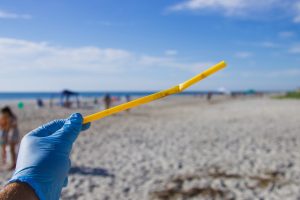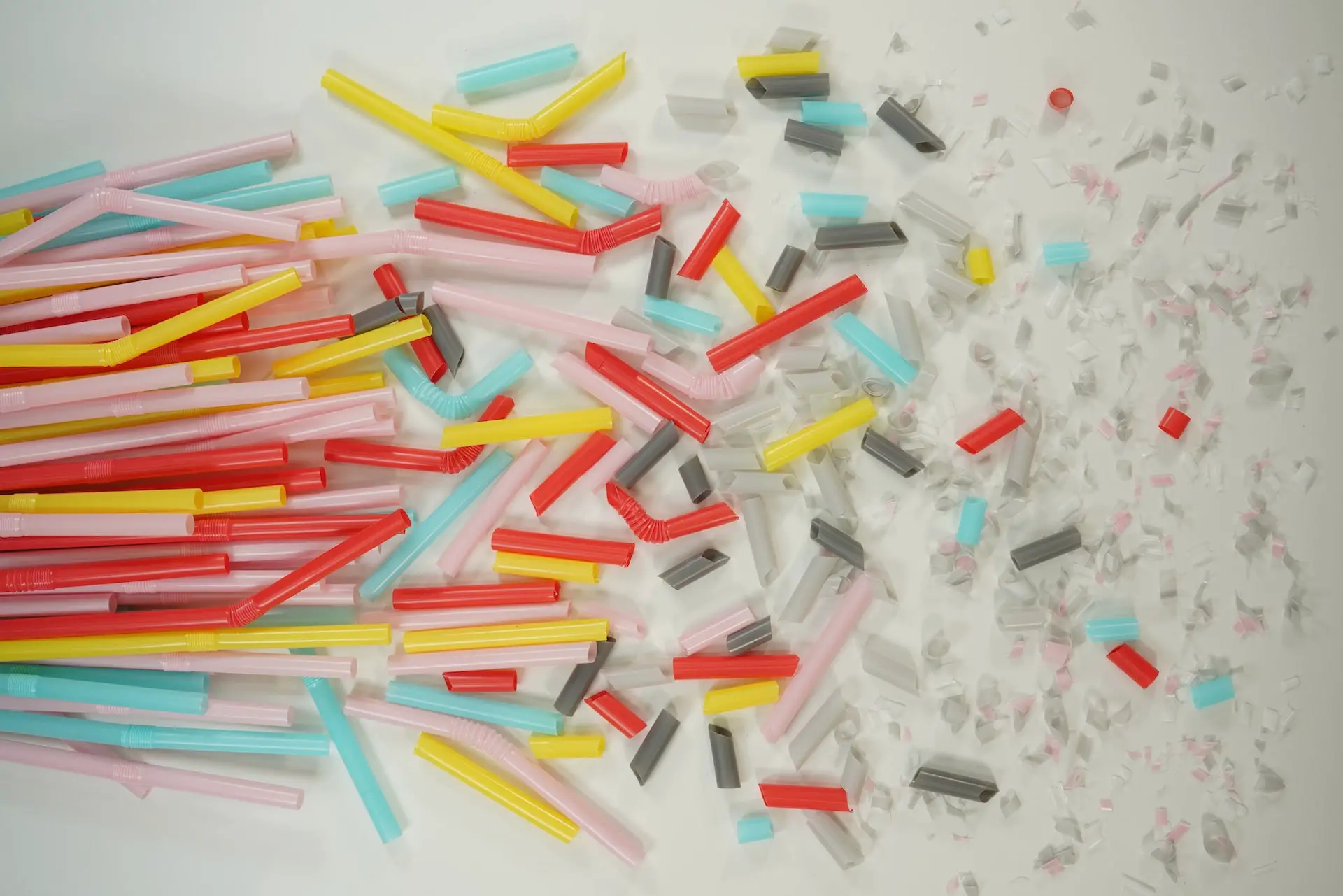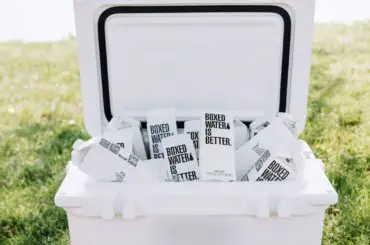The plastic pollution is one of the biggest challenges faced by the world in the 21st century. Everyone wants a cleaner and safer planet to live in, but most are not willing to take a step toward change.
Does cutting up plastic straws help save the environment? While, on one hand, we are creating massive amounts of pollution through mass industrialization and futile space rockets, it seems ironic that environmentalists are caught up in minor debates like this. I think earth-bound individuals like us can only help save the planet in small fruitless ways.
(sigh)Anyways, back to the topic…
Contents
Does Cutting up Plastic Straws help save the planet?
Most environmentalists would tell you straightforwardly that it is always better to cut up plastic straws. They have a simple and very sensible reason behind it.
Tons of plastic waste end up in the ocean every day. And a small percentage of it comprises of plastic straws. Plastic straws get entangled in weeds and tangle up sea creatures and animals. They get swallowed, eaten and choke the poor animals. Fish get caught too.
So according to some, cutting up straws to smaller parts will reduce them getting tangled up and being a choking hazard for animals. This is one good reason why cutting up straws is a good idea.
But personally, I would not recommend this. Why? Because cutting up plastic straws will not make the plastic pollution any better. In fact, bigger pieces of plastic are easier to identify and clean up, but smaller pieces are decomposed into microscopic microplastic pellets that end up in our drinking water and food.
Microplastic is even more dangerous because it is so small and difficult to detect. And for this very reason, extensive studies regarding the effects of microplastics have not yet been conducted.
In addition, smaller plastic pieces too will pose a choking hazard to some sea birds and fish. They are easier to swallow and choke on. They will also get easily eaten by these animals and cause many hazardous effects to themselves and all other animals up the food chain. In the end, these plastic bits may even come back to us in the form of canned fish!
What, then, is the Solution to Plastic Straw Pollution?
If cutting straws is not a good idea, then what is the solution? The best way around the problem is to not use plastic straws at all.
There are many other wonderful options other than plastic straws,but of course, they are not as cheap or versatile. Some of these options include bamboo straws, wooden, metal, and paper straws and even DIY edible straws! There are a wide variety of eco-friendly straws available on Amazon!

If you still must use plastic straws, then it would be best to collect and recycle them instead of simply throwing them away. Drink parlors and fast food outlets that use plastic straws on a daily basis can have a separate bins for t
hem so that it is easier to recycle. In the case of recycling plastic straws, too, it is best to leave them whole and not cut them up.
Further, you can help solve the problem of sea animals being threatened by plastic straws by making sure that the straws you throw away do not end up in the sea. Mostly, it is loose plastic waste that ends up in the ocean. Disposing of your plastic waste in a modern landfill that is secured and not close to the sea will make sure that the straws don’t end up in the ocean.
So the bottom line is, don’t use plastic straws at all! If you really must, then make sure you dispose of it in a way that it does not end up disrupting the ecosystem in any way.
Does cutting up plastic straws help? Conclusion
No, cutting up plastic straws does not help the environment because they would still end up in the sea and choke sea animals. It also does not make plastic pollution better in any way.
The best alternative, therefore, is to not use plastic straws at all and use eco-friendlier options like bamboo, wooden, metal or paper straws. It is also best to have the plastic straws recycled. Or at least dispose of them in a way that does not end up harming animals.
Also read: Does Zero water filter remove microplastics?
*All pics are courtesy of Unsplash.com





